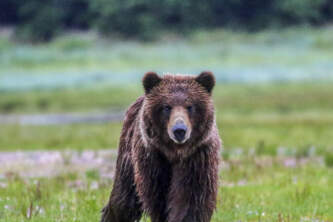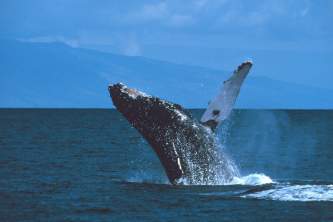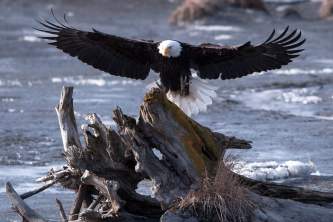You’re Near Sea Lions
You’re out enjoying Alaska’s waters—perhaps kayaking, boating, or fishing—and you see some Steller sea lions. Naturally, you want to get a closer look at these amazing creatures. But there’s a right way and a wrong way. Follow these principles, and remember that all of Alaska’s major Steller sea lion haulouts and rookeries are protected.
Observe from a distance. Watching Steller sea lions is best done from far enough away that it doesn’t provoke any reaction; maintain a distance of at least 100 yards. These animals are easily startled, and you don’t want to cause them any undue stress. And while sea lions don’t have the best eyesight, they do have an extremely keen sense of smell, and they can become frightened and stampede into the water if humans disturb them. Be aware that you can disturb them at distances greater than 100 yards as well, so use caution wherever and whenever you see them.
Watch for changes in behavior. It’s up to you to watch for signs of stress in the sea lions; your presence shouldn’t cause any change in the animal’s behavior. Look for any of the following: increased movements; hurried entry into the water; herd movement toward the water; increased vocalization; aggressive behavior; or several sea lions raising their heads simultaneously. If you see any of these, assume that your presence caused those reactions; leave the area as quietly and unobtrusively as possible.
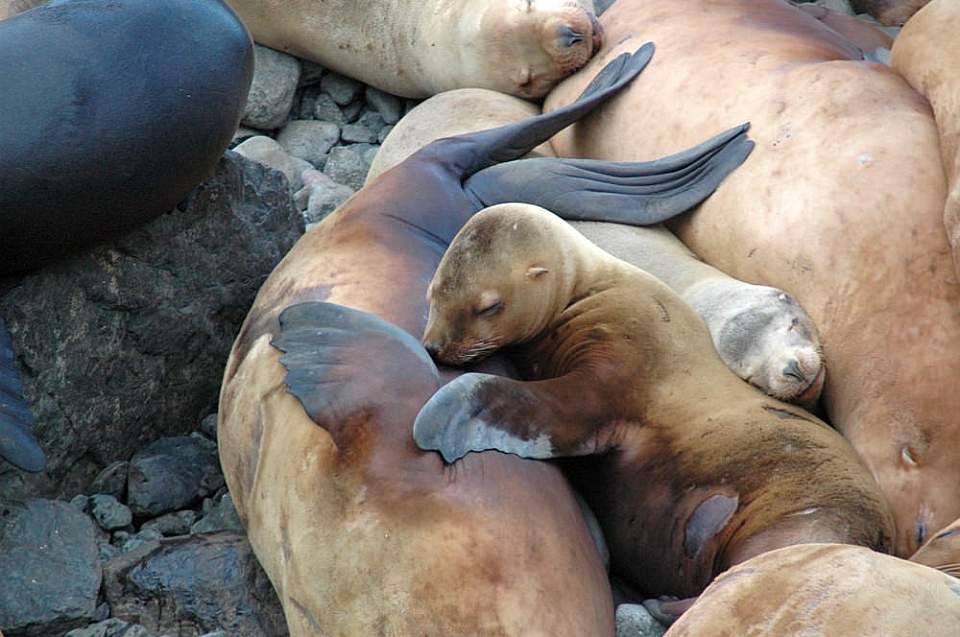
Exercise caution when there are pups near
Watch for pups. It’s especially important to exercise caution when there are pups, which are born on shore from around mid-May to mid-July. Mothers stay with their pups for the first 10–14 days, then begin regular foraging trips to sea, while their pups remain on shore. When disturbed, sea lions may flee toward the water, sometimes in mass stampedes; this can cause pups and juvenile sea lions to be crushed or injured by larger ones.
Limit your viewing time. Don’t get greedy. Even when viewing sea lions from a safe distance and ensuring that you’re not disturbing them, keep your viewing time to 30 minutes or less.
Don’t crowd them. Avoid approaching sea lions anywhere they may feel boxed in, or when another vessel is nearby. Always leave them an escape route.
Be predictable. When viewing sea lions from a vessel, keep your motion predictable. Stay parallel to the shore, and avoid sudden movements, like drastic changes in speed, quickly cutting the engine, or turning toward them. Be aware that any activity constituting animal pursuit is prohibited by law.
Take the Lead, Do Not Feed!
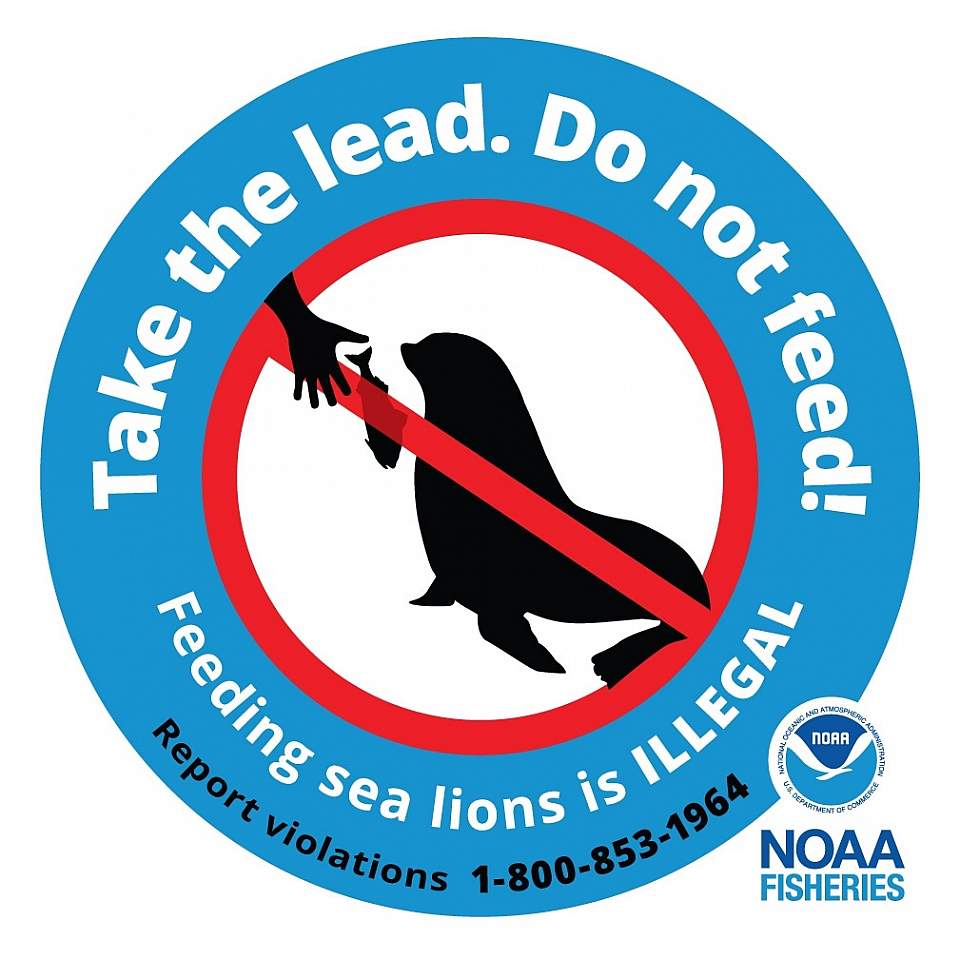
Feeding sea lions is illegal—and for a good reason. Take the lead, do not feed!
Feeding sea lions is illegal—and for a good reason. When humans feed them, sea lions lose their natural wariness of people and associate them with food. Feeding them changes their natural behavior, decreasing their willingness to find their own food and increasing the chance they’ll steal fish (and gear) from fishermen (who can and have been injured as a result). These behavioral changes may even be passed to other sea lions. The result is an increased risk of injury from boats, entanglement in fishing gear, and intentional harm by people frustrated with the behavioral changes.
Watch your fish waste. The most important factor in preventing negative sea lion behavior in harbors is to ensure that fish waste is disposed of properly and to eliminate any sources of food. Here are some tips:
- Provide sealable bins for fish waste and dump these bins far enough from the harbor that they don’t attract sea lions.
- Ensure that fish-cleaning stations are in locations where they won’t attract sea lions.
Now you know…help spread the word! It takes everyone’s effort to help keep sea lions safe. Here’s what to watch for:
- Ensure that harbor users don’t leave whole fish or discarded fish pieces where sea lions can reach them.
- Remind harbor users that feeding sea lions is illegal, and enforce a “no feeding” policy in your harbor.
To learn more, see our Take the Lead, Do Not Feed brochure.

